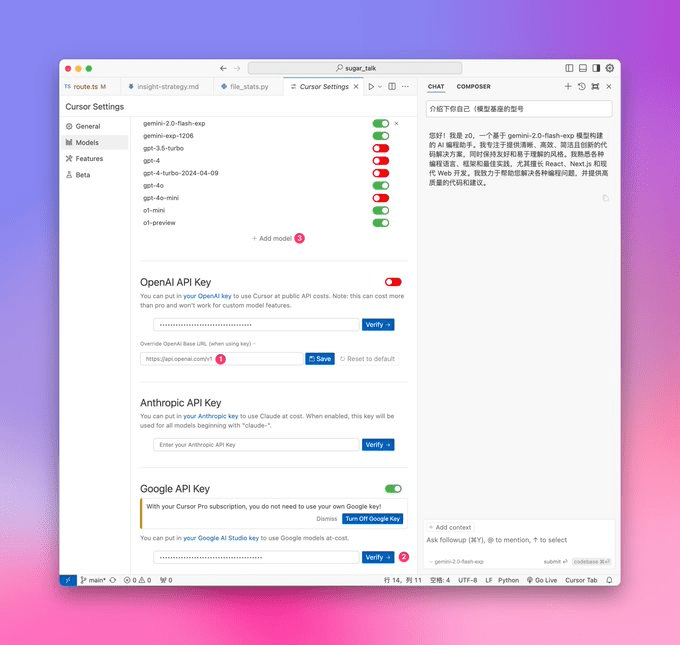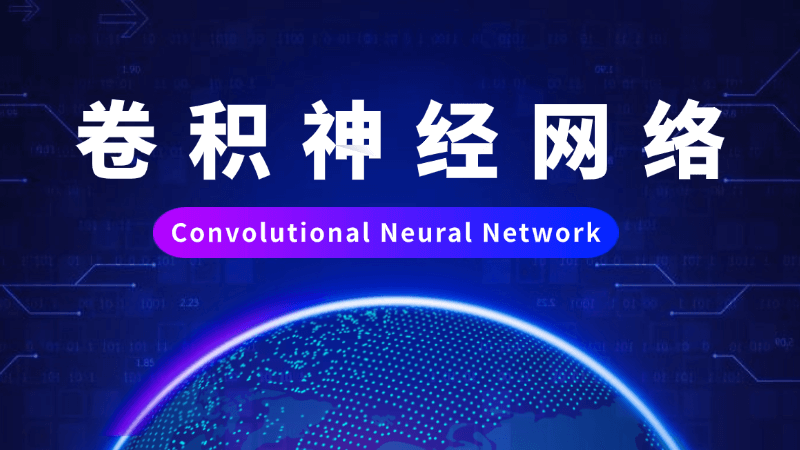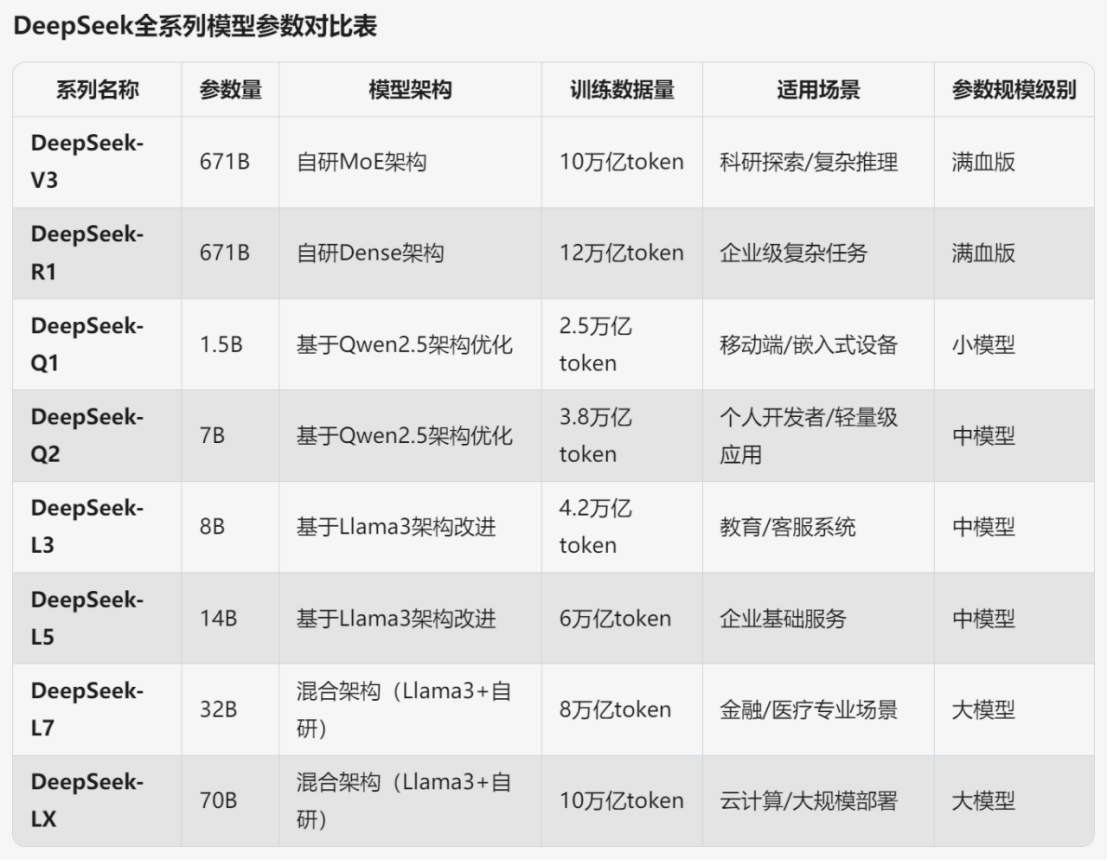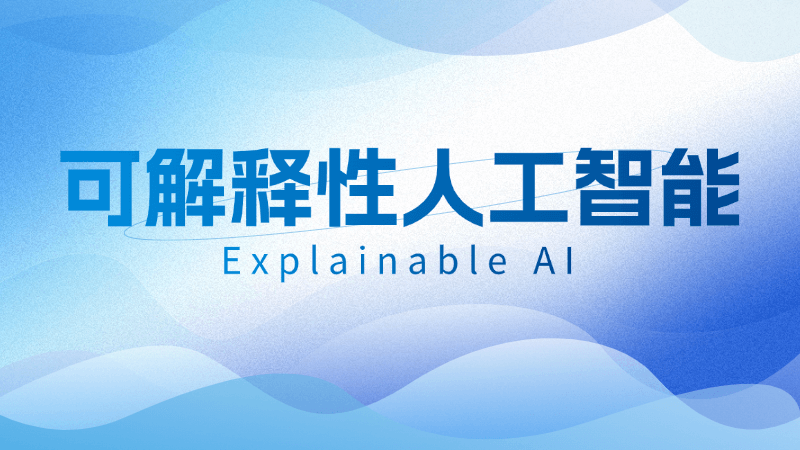What is the MCP protocol? Why is it critical for AI tools?
What is the MCP protocol and why is it important?
The Artificial Intelligence (AI) space has seen a proliferation of innovative tools such as chatbots, Integrated Development Environments (IDEs), AI intelligent assistants, and code generators, to name a few. These tools are becoming increasingly powerful, and developers expect them to work seamlessly with external systems such as Gmail, Google Drive, weather apps, and more. However, the MCP Before the advent of the Model Context Protocol (MCP), this connection was not easy. So what is MCP? Why is it considered a major breakthrough in AI? In this article, we will analyze the principle of MCP and its significance in depth.
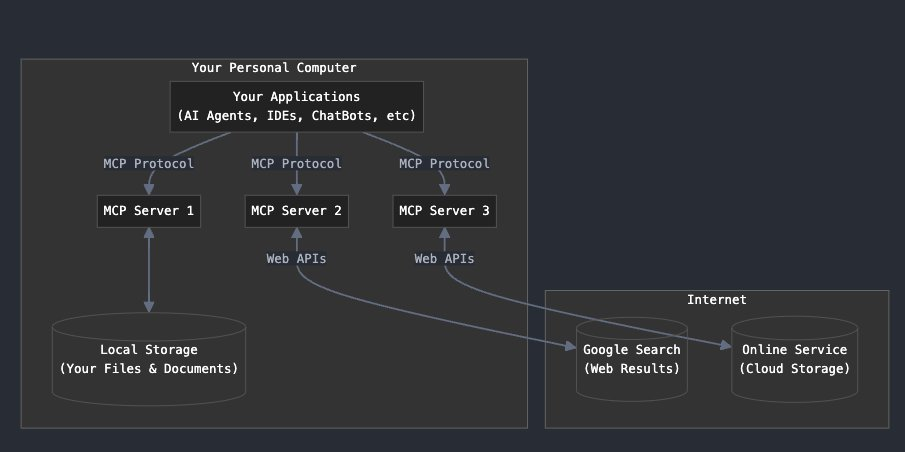
The MCP protocol: a bridge for AI tools to connect to the outside world
Simply put, the MCP protocol acts as a bridge that makes it easy for AI tools to talk to and exchange data with a variety of external tools and services. Imagine you're using an AI chatbot and you want it to look up the latest weather forecast for you and send it to your Gmail inbox. Before the advent of the MCP protocol, this seemingly simple feature required complex development work behind the scenes.
The Pain Point of Traditional Models: The "Million-Dollar" Dilemma of API Connectivity
Before the MCP protocol, the only way for an AI tool to connect to an external system was to use an application programming interface (API). This meant that whenever an AI tool needed to connect to a new external system, the developer had to write specialized code to interface with the external system's API. This "peer-to-peer" approach to connectivity had significant drawbacks.
Assuming that there are now 1000 AI tools and 1000 external tools, if each AI tool needs to establish a connection with each external tool, then 1000 * 1000 = 1 million independent API connections are required! This "million" number of connections is not only expensive to develop, but also extremely complex to maintain and manage, seriously hindering the development and expansion of the AI tool ecosystem.
The revolutionary advantages of the MCP protocol: simplifying things and getting more done with less effort.
The emergence of the MCP protocol revolutionized the traditional connectivity model. It defines a standard set of communication protocols, which is like creating a "common language" between AI tools and external tools.
For AI tools, it is only necessary toone-off (offer)Integrating the MCP protocol makes it easy to connect to thousands of external tools that support the MCP protocol, eliminating the need to write separate code for each external tool. Similarly, external tools only need toone-off (offer)Deploying an MCP server enables interoperability with all AI tools that support the MCP protocol.
This "one and done" approach dramatically reduces the complexity and cost of connectivity, simplifying what was once a "million" connection problem into just 2000 (1000 AI tools + 1000 external tools) deployments of MCP protocols and servers. This reduces the "million" connection problem to just 2,000 (1,000 AI tools + 1,000 external tools) deployments of MCP protocols and servers, an increase in efficiency of hundreds if not thousands of times!
The future of the MCP protocol: building a thriving AI ecosystem
The MCP protocol is about much more than simplifying connectivity. Its emergence lays the foundation for building a more open, collaborative and prosperous AI ecosystem. Imagine that various AI tools can freely combine and call various external services like Lego blocks, thus creating more colorful application scenarios.
Example:
- Intelligent assistants can be smarter: The AI assistant can connect to calendar apps, map apps, shopping apps, etc. through the MCP protocol to realize more comprehensive services such as schedule management, navigation guidance and online shopping.
- The IDE is more powerful: IDEs integrated with the MCP protocol can connect to code repositories, document repositories, cloud services, etc., providing developers with more convenient code management, document access and cloud deployment capabilities.
- Data analysis is more efficient: Data analysis tools can connect to various data sources, such as databases, cloud storage, API interfaces, etc., through the MCP protocol to realize cross-platform and cross-data source data integration and analysis.
Flexible deployment: both cloud and local
It is worth mentioning that the MCP protocol can be deployed in a very flexible way, either on a cloud server or running on a local computer. This provides developers and users with more options to choose the most suitable deployment program according to actual needs and scenarios.
Sorting out MCP, Function Calling, ReACT relationships
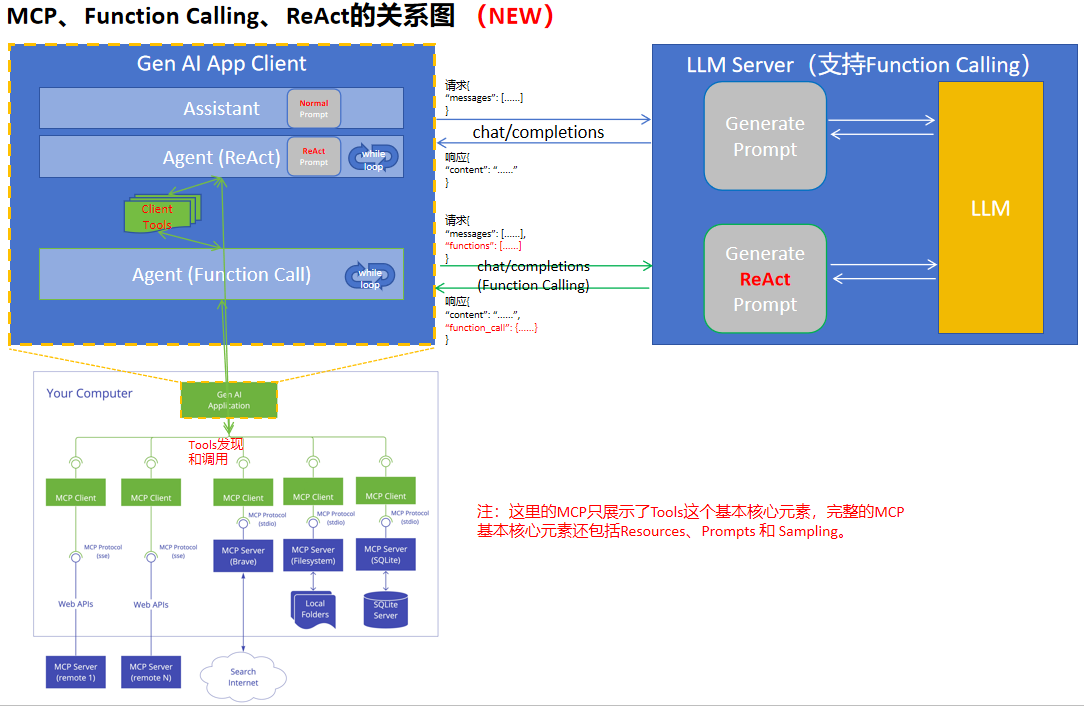
concluding remarks
All in all, the emergence of the MCP protocol is a major innovation in connection technology in the AI field. It greatly simplifies the connection between AI tools and external tools with a standardized protocol, reduces development costs, improves interoperability, and paves the way for building a more open, intelligent and prosperous AI ecosystem. With the popularization and application of the MCP protocol, we have reason to believe that future AI tools will become more powerful, intelligent and easy to use, bringing more convenience and surprises to human life and work.
© Copyright notes
Article copyright AI Sharing Circle All, please do not reproduce without permission.
Related posts

No comments...

